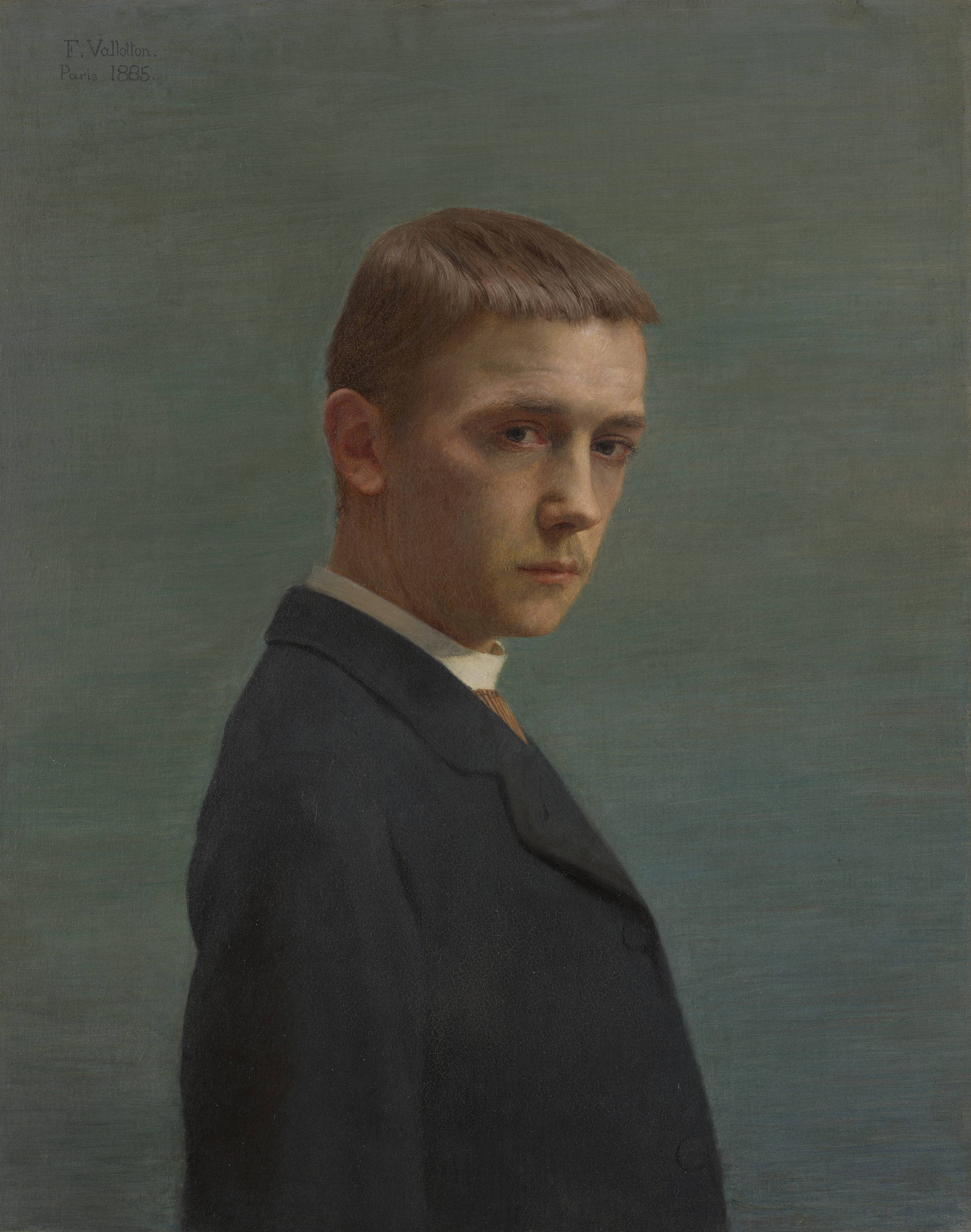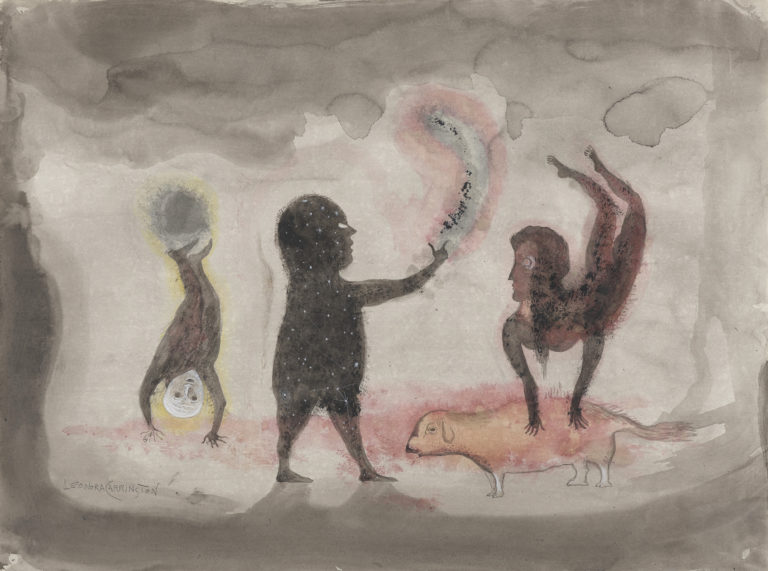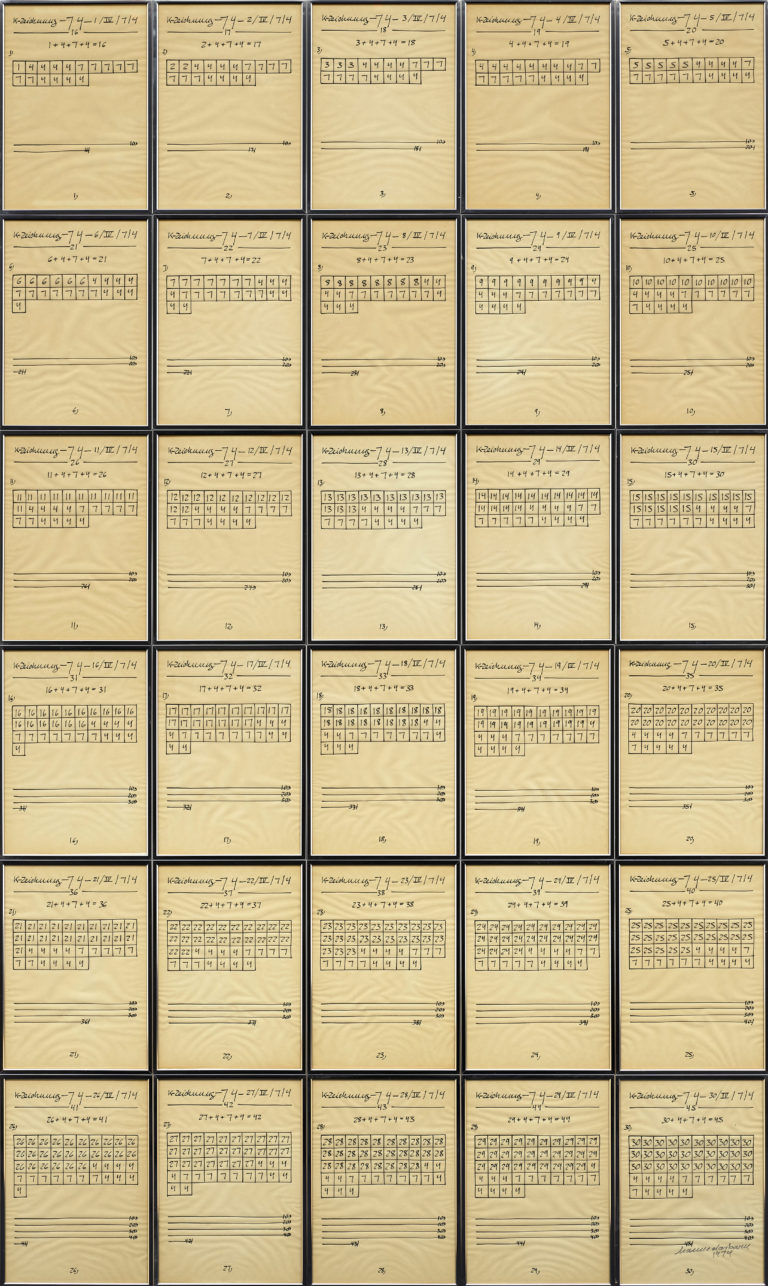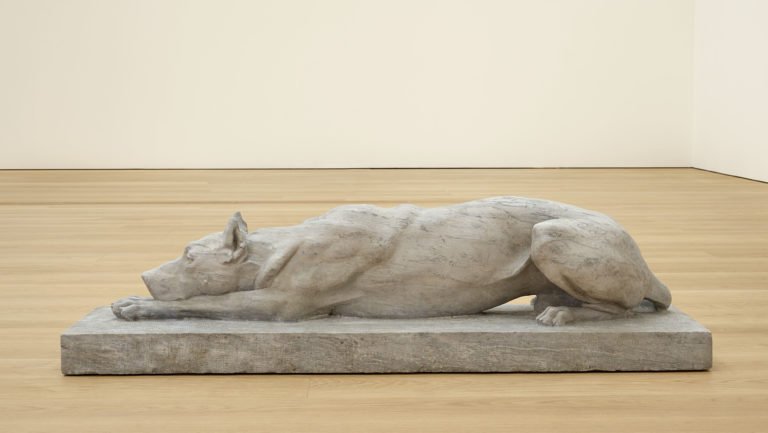Bibliography
Guy Cogeval, Isabelle Cahn, Marina Ducrey et Katia Poletti (eds.), Félix Vallotton. Le feu sous la glace, exh. cat. Paris, Musée d’Orsay, Paris, RMN – Grand Palais, 2013: n. 2.
Marina Ducrey, in collaboration with Katia Poletti, Félix Vallotton, 1865-1925: l’œuvre peint, 3 vol., Lausanne, Fondation Félix Vallotton, Zürich, Institut suisse pour l’étude de l’art, Milan, 5 Continents Editions, 2005: n. 19.
Catherine Lepdor, Félix Vallotton. La vie recomposée, Les Cahiers du Musée des Beaux-Arts de Lausanne 12, Lausanne, Musée cantonal des Beaux-Arts de Lausanne, 2002: n. 1.




Félix Vallotton arrived in Paris from his native Lausanne at the age of sixteen and attended courses at the Académie Julian. He soon began looking for guidance from the incisive objectivity of the great historic realists: Cranach the Elder, Dürer and Holbein to the north, and Poussin and Ingres in France. Probity and honesty were his watchwords: not only as an inheritance from the Protestant ethics that had shaped his youth, but also as a programme for the years ahead, when he emerged as a virulent critic of social oppression and bourgeois hypocrisy. The portrait, a genre he practised regularly in his early days, gave him a chance to show his rejection of idealisation by taking a candid approach to his models, whether members of his family or his own reflection in the mirror.
Vallotton had his first exhibition at the age of twenty, at the Salon des artistes français in 1885, which is when he began keeping his list of works. Writing about this self-portrait in 1886, he noted: ‘It was not made for the public, but for me, only artists may find a few qualities in it, but the bourgeois, no doubt, will not find it pleasant, but I don’t give a damn!’
Vallotton’s portrayal of himself is certainly uncompromising. Wearing an over-sized dark jacket and a formal white collar that makes him look like a clergyman, he stands in profile, his pale face turned towards the viewer, bags under his reddened eyes, modest fluff on his upper lip. The painting is a statement that refuses to portray the usual attributes of a painter, conveying its message through the cold, calm gaze of the artist severely studying his subject, and through the great expanse of blue in the background, which observed closely, turns out to be subtly modulated by horizontal lines. Vallotton has depicted himself in front of Lake Geneva, which he frequently looked out upon as a child, and which he left in order to go and make his name in the French capital.